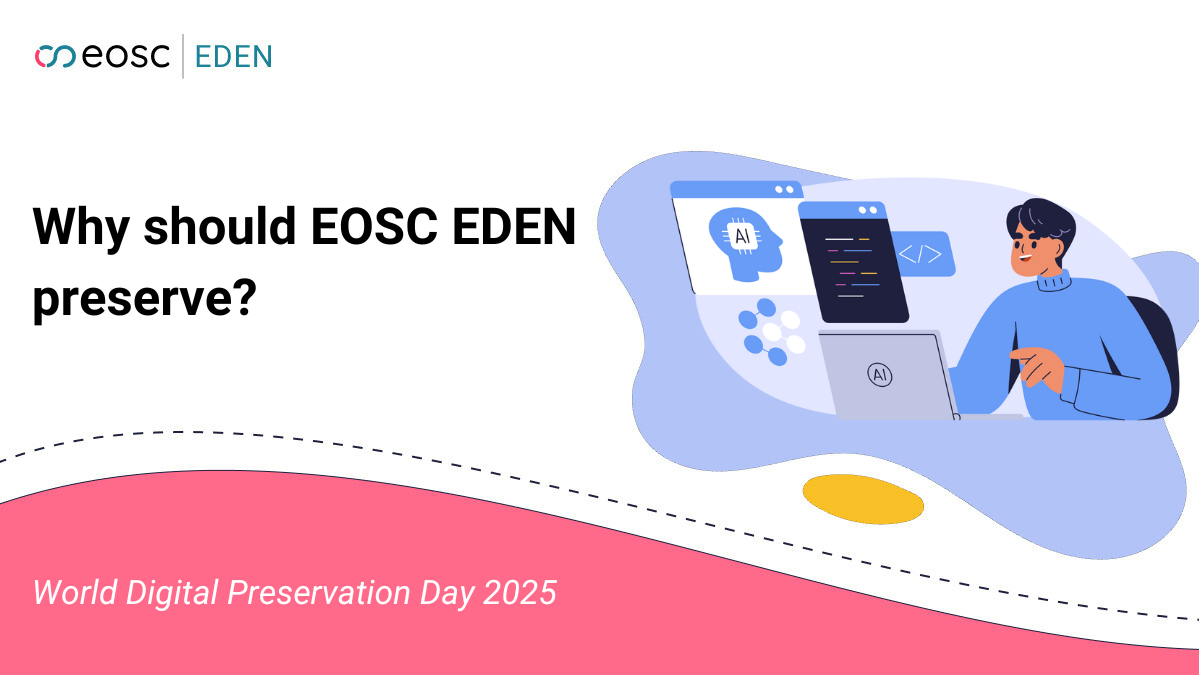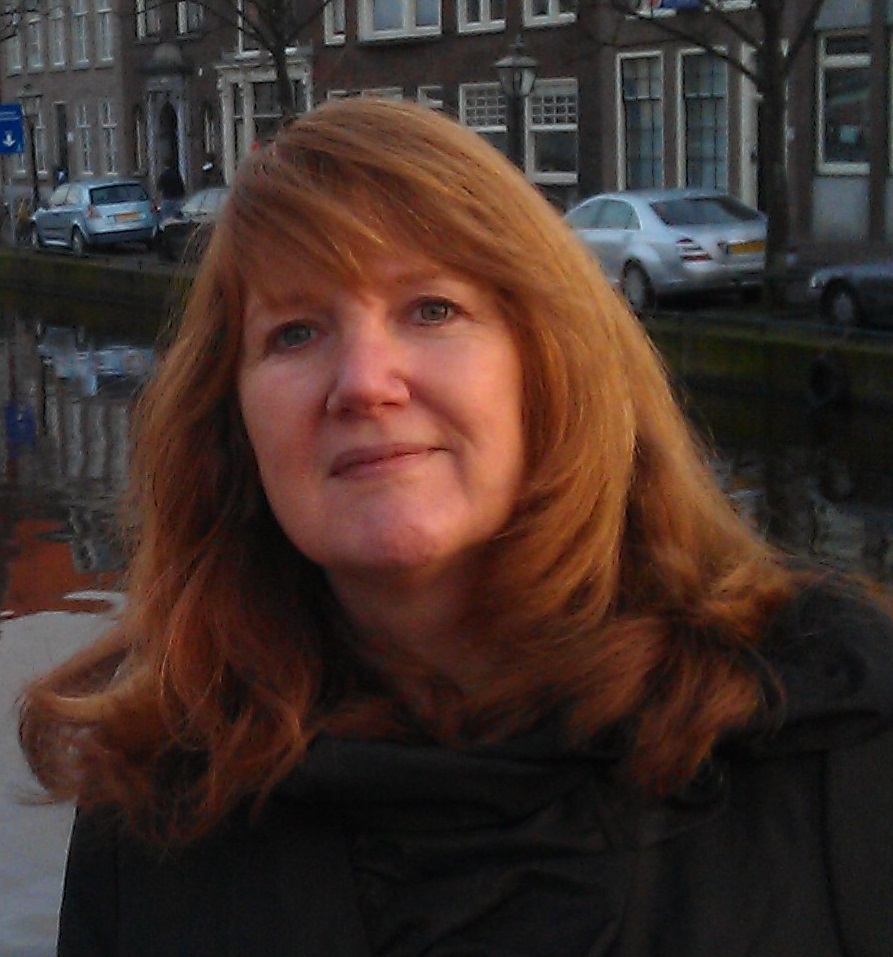
World Digital Preservation Day 2025 asks “why preserve?” For me, an even bigger question is what to preserve?
EOSC EDEN (Enhancing Digital Preservation strategies at European and National level) is a project funded by the EU’s Horizon Europe research and innovation programme. The project aims to develop a framework for identifying which data should be preserved long-term, based on use, benefit, and quality.
It will help organisations decide what to keep, how to keep it, and how to make it useful — rather than letting data become a burden, cost, or lost opportunity.
In the research ecosystem, large volumes of data are produced, and not all of it remains relevant indefinitely. Clear criteria for selection and preservation are needed. Digital objects should be subject to appraisal, and reappraisal over time, to assess their value and impact. The associated costs, risks and benefits should also be determined and reassessed periodically.
By preserving data that have long-term value, the effort maximises the return on investment in research (both financially and intellectually), and enables reuse by future researchers, thereby contributing to the FAIR principles (Findable, Accessible, Interoperable, Reusable).
Reducing waste, improving efficiency
Without structured preservation strategies, there is a risk that data will either be stored indefinitely without purpose (incurring cost and inefficiency) or lost despite being potentially valuable. EOSC EDEN addresses this by providing models for re-appraisal (i.e. reviewing what should continue to be preserved) and by developing services to automate preservation/curation actions.
Better preservation decisions mean more efficient use of storage, infrastructure, and curation resources — which is increasingly important given the growing volumes of research data.
Cross-disciplinary and Europe-wide impact
EOSC EDEN brings together 16 organisations with expertise in digital preservation, data quality, curation and FAIR data across multiple disciplines (climate simulations, earth & environmental sciences, food sciences, high energy physics, life sciences, linguistics, social sciences) to test and validate requirements and tools. Its output will feed into the broader European research infrastructure, namely the European Open Science Cloud (EOSC), thus supporting federated access and long-term preservation of research outputs across borders.
Standards, tools, and services for long-term preservation
The project plans to build a registry of tools and services from trustworthy repositories, develop new services to automate preservation/curation, and identify standards and protocols for packaging and exchanging data for long-term preservation. Having these kinds of shared infrastructure and standards is crucial for interoperability, sustainability, and scale — particularly when many repositories and disciplines each have their own legacy practices.
The project emphasises sustainability beyond its lifecycle (2025-2027) by designing frameworks that can be adopted long term. It also aligns with identified needs in the EOSC strategy: for example, the EOSC Association’s roadmap states the need for data retention and preservation models, and the appraisal/re-appraisal mechanism.
We preserve data so that others can access it. Knowing what to preserve and for how long, ensures that access is meaningful, cost effective and good for the planet.
#WDPD2025
